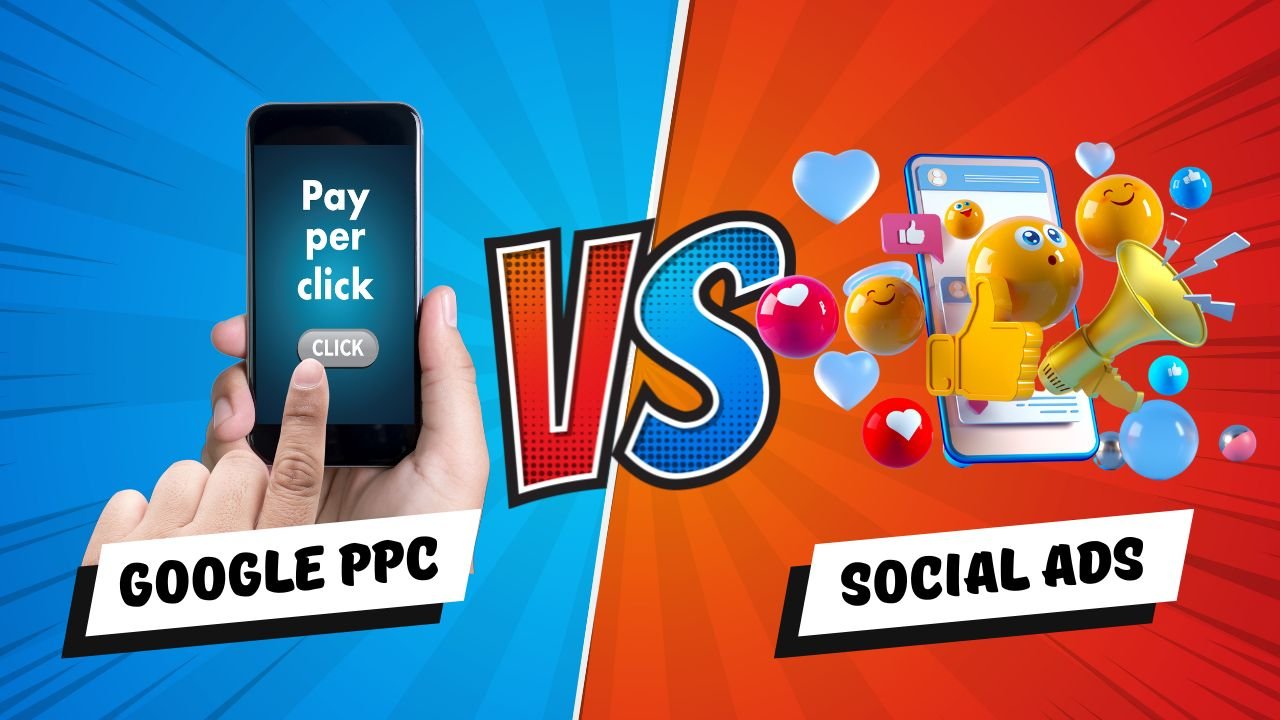Introduction
The world of advertising is changing quickly. And while it’s tempting to get caught up in the latest and greatest new platforms, it’s important to remember that some things will always remain true: your ad strategy should be based on who you’re trying to reach, what their needs are, how much money you have to spend on ads and how much time you can dedicate to managing them.
Google Paid Search
Google PPC (pay-per-click) ads are great for reaching your target audience and testing the effectiveness of your ad copy. They’re also a great way to increase brand awareness and drive traffic to a specific landing page on your website. The major benefit of Google PPC is that it allows you to reach people at the exact moment they’re looking for something similar to what you’re offering—and that’s hard to do with other types of advertising like email or banner ads since users don’t actively seek them out.
Facebook Ads
Facebook Ads are great for targeting specific audiences. Facebook considers a lot of information when deciding who to show your ads to, including what you’ve liked, where you are located and how much money you make. This allows them to deliver highly targeted ads that only reach people who have a chance of being interested in your product or service.
Facebook Ads also allow you to drive traffic directly to your website (or app). Once someone clicks on an ad, they will be taken straight through to the landing page on your site. The advantage here is that they won’t be distracted by other content or links on Facebook before reaching their destination — meaning they’re much more likely to convert into customers!
Another way Facebook Ads can help boost sales is by increasing followership on social media platforms such as Instagram or Twitter — both of which have huge followings these days! This means users who see your post will now know about your brand and potentially become customers themselves at some point down the road if they come across another relevant product/service from yours later on down the line (i.e., “This company sells clothes? Oh cool! I’ll check it out sometime soon.”).
LinkedIn Ads
There are many benefits to using LinkedIn for advertising. First, it’s a trusted platform with a high level of engagement. Your ads will appear in front of the right people because you can choose your target audience based on geography, industry and job title.
Second, LinkedIn ads are highly targeted when compared to other social media platforms (like Facebook), which means they’re more likely to be effective at reaching your target audience and driving conversions. Finally, because most business-to-business marketers have already tapped into this great resource for lead generation and sales opportunities—and because B2B companies often have larger budgets than their consumer counterparts—businesses that use LinkedIn ads tend to see better ROI than those who don’t or aren’t able to afford them yet.
Instagram Ads
Instagram Ads are a great way to reach your target audience. They’re also an effective way to reach B2B customers, as well as ecommerce shoppers.
Instagram ads can be used to drive traffic directly to a product page on your website, or they can be used as an alternative to remarketing on Facebook and Google AdWords by allowing you to run ads targeting people who have visited your site in the past but haven’t converted yet.
TikTok Ads
TikTok ads are the perfect choice for brands looking to target younger audiences on social media. The app is incredibly popular among teens, with a reported 80% of its users aged 13-24. TikTok ads are also cheaper than other platforms—an ad campaign can cost as little as $1 per day on average.
This makes TikTok advertising an attractive option for any business that wants to target younger people in their demographic but doesn’t have the budget to spend more than a few dollars per day on their campaign.
TikTok ads also tend to have higher CTRs than other paid social media campaigns, which means that you’ll get more bang for your buck when you advertise through this platform.
Your ad strategy is critical to your success but it doesn’t have to be complicated.
Your ad strategy is critical to your success but it doesn’t have to be complicated. Your ads are a reflection of your brand and it’s important that they convey all of the information you want potential customers to see. You can use social media platforms like Facebook, Instagram, LinkedIn and TikTok for paid advertising and organic posts. The platform doesn’t matter as long as it’s effective in reaching your target audience.
While paid social media advertising isn’t the only way to get noticed on these platforms, it does help you compete against other brands who may be paying for ads on those sites as well. If you’re just starting out with a new business or product line then this can be an effective way of gaining exposure among consumers who might not otherwise know about what you have available for sale/service/support etcetera!
Conclusion
I hope this article has helped you to understand the differences between PPC and social media advertising. Now that you know what each platform is capable of, you can decide which one will work best for your business. If you need more information before making a decision, reach out to us at Content Marketing Bees!

